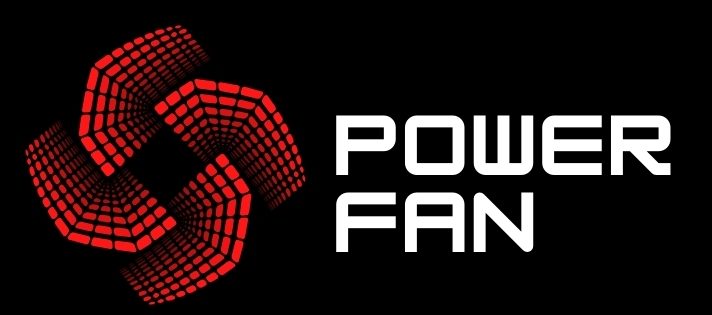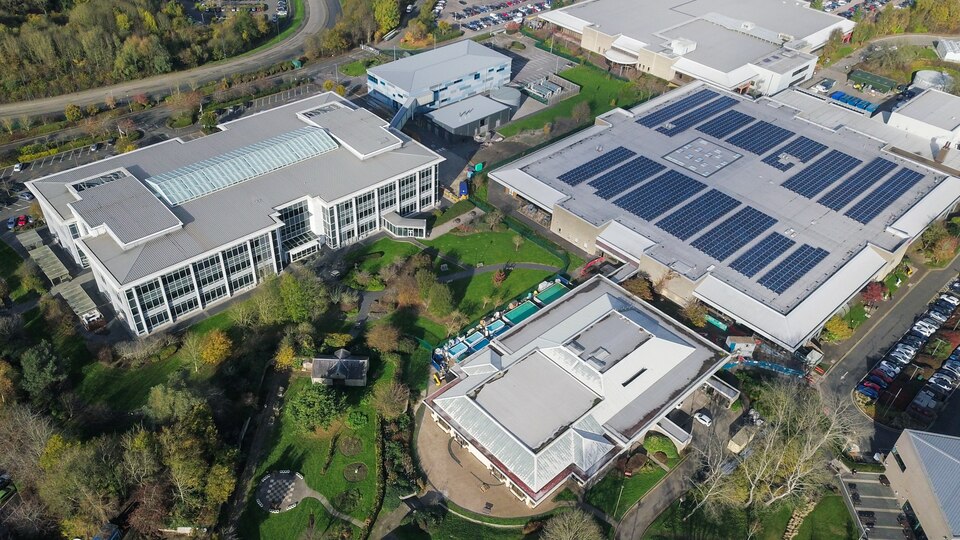Smart grids are revolutionizing the way energy is distributed and consumed. By enabling two-way communication between consumers and utilities, smart grids allow for better energy management and improved system efficiency. This blog explores the role of smart grids in optimizing energy use and supporting distributed generation systems. We’ll dive into the technology behind energy optimization, its environmental impact, and how Power Fan integrates seamlessly into this modern infrastructure.
What Are Smart Grids and How Do They Work
Smart grids are able to monitor and control energy flows more effectively with digital technology as opposed to traditional grids. They rely on sensors, smart meters, and instant data analytics to determine optimal generation, transmission, and consumption of power. The grids can balance energy consumption, predict usage patterns, and provide instant feedback to consumers to conserve energy (López, 2020).
Integration of distributed generation systems with smart grids improves energy optimization by facilitating localized power generation, decreasing dependence on central power stations. This decentralization of power generation improves the resilience of the grid and minimizes transmission losses, making the distribution of energy more efficient and sustainable.
The Benefits of Smart Grids for Energy Management
One of the most significant benefits of smart grids is their ability to improve energy optimization across the entire grid. Smart grids provide utilities with real-time data on energy usage, allowing them to balance supply and demand more efficiently. By utilizing smart meters and advanced data analytics, utilities can better understand consumption patterns, predict peak loads, and automatically adjust energy distribution to reduce waste.
Incorporating renewable energy sources into smart grids further amplifies energy optimization. When demand for electricity peaks, the grid can shift to local renewable sources, like solar or wind, ensuring that the overall energy consumption is as sustainable as possible. This flexibility not only optimizes energy use but also enhances grid reliability, reducing the likelihood of power outages and enhancing the overall efficiency of the system.
How Smart Grids Support Distributed Generation
Distributed generation refers to small-scale generation facilities located closer to the point of utilization, i.e., solar panels on rooftops, small windmills, or even devices such as Power Fan. These generation systems are integrated into smart grids to reduce dependency on traditional power plants and overall energy optimization of a given region (López, 2020).
One of the biggest advantages of distributed generation is that it enables more localized control of energy consumption. Instead of having to wait for a central power station to supply energy, users can generate their own power and feed it back into the grid, maximizing use of energy and reducing transmission loss. Smart grids facilitate this through managing the distributed sources and central grid’s energy flow to utilize the energy in the most efficient way.
How Smart Grids Improve Grid Resilience
Smart grids help improve grid resilience by enabling two-way communication between utilities and consumers. When power outages occur, smart grids can automatically reroute energy around affected areas, restoring power faster than traditional systems. By providing real-time data on grid conditions, smart grids allow utilities to detect faults, predict failures, and deploy maintenance resources more effectively (López, 2020).
In areas with high penetration of renewable energy sources or distributed generation systems, smart grids can also ensure that power from decentralized sources is efficiently integrated into the overall energy supply. This reduces dependence on centralized power plants and makes the grid more resilient to disruptions, while simultaneously optimizing energy use.
Integration of Renewable Energy Sources with Smart Grids
One of the most important advantages of smart grids is that they can be augmented with renewable power sources, such as solar and wind energy. Unlike traditional grids, smart grids can manage variable generation from renewable energy, ensuring a constant supply of energy irrespective of fluctuations in weather patterns (López, 2020). This integration of distributed generation sources maximizes energy optimization through the reduction of reliance on non-renewable energy.
By utilizing smart meters and real-time data, smart grids can make power distribution dependent on the level of renewable energy present. For example, on sunny days, the grid can make the most of solar power, and on windy days, wind power can be used. This not only maximizes the use of renewable power but also reduces grid stress, improving sustainable energy consumption overall.
Conclusion
Smart grids are transforming the way we generate, distribute, and consume energy. Through distributed generation and advanced data analytics, smart grids allow for more efficient energy optimization, reducing costs, improving system reliability, and enabling greater use of renewable energy sources. As Power Fan integrates seamlessly with smart grid technologies, it becomes part of a broader system of sustainable energy management. With their potential to optimize energy use and contribute to the transition to renewable energy, smart grids represent a vital tool for building a more energy-efficient future.




